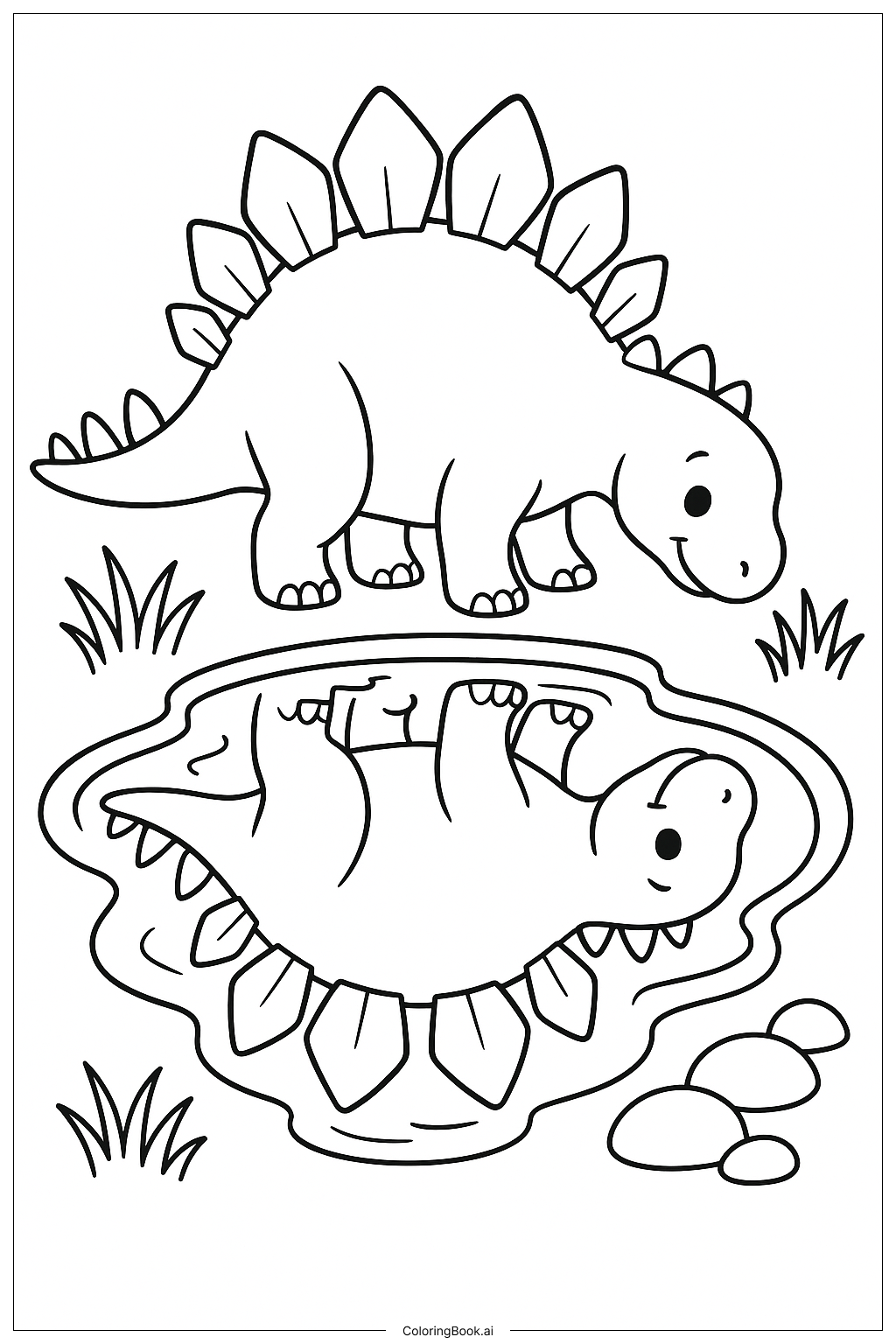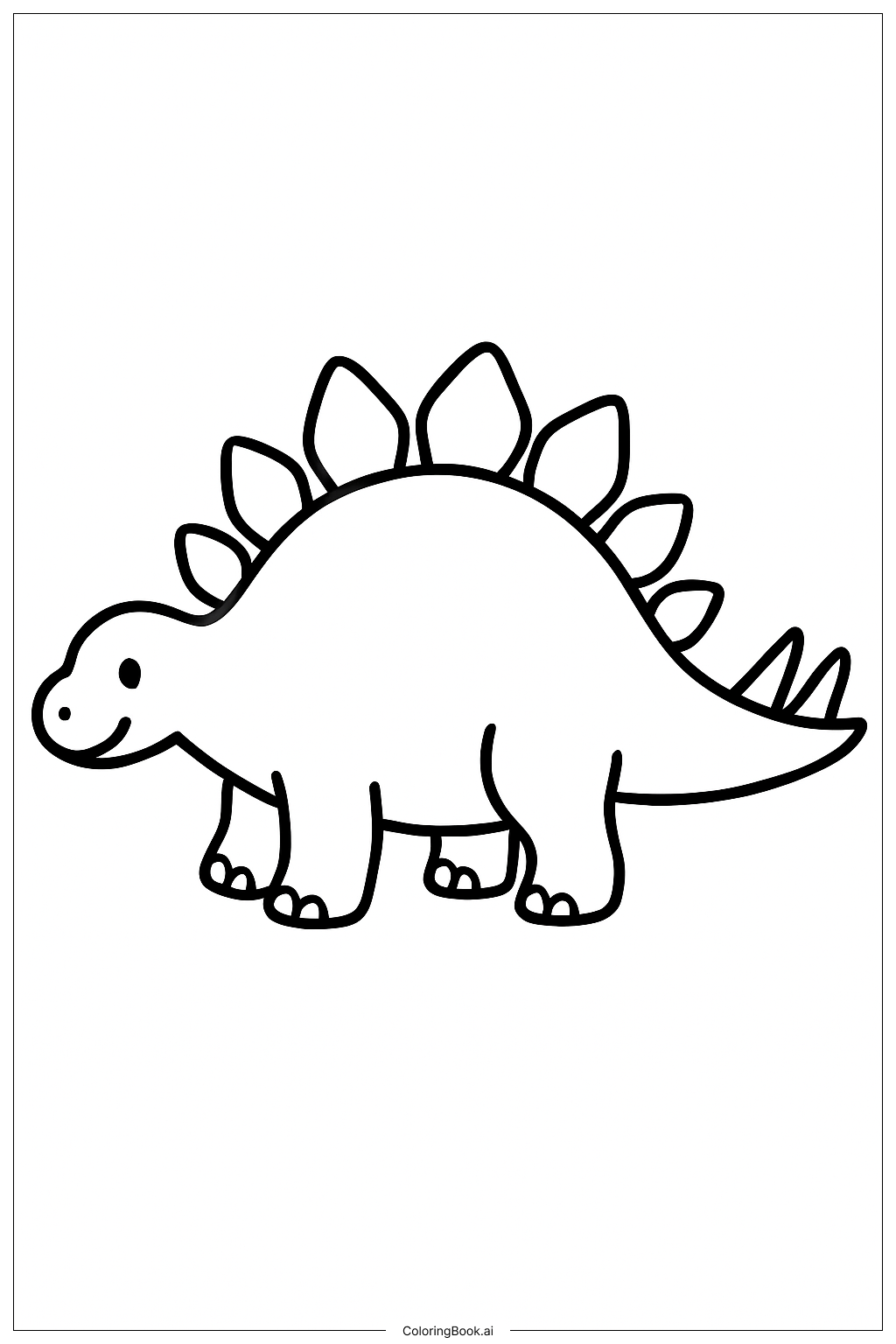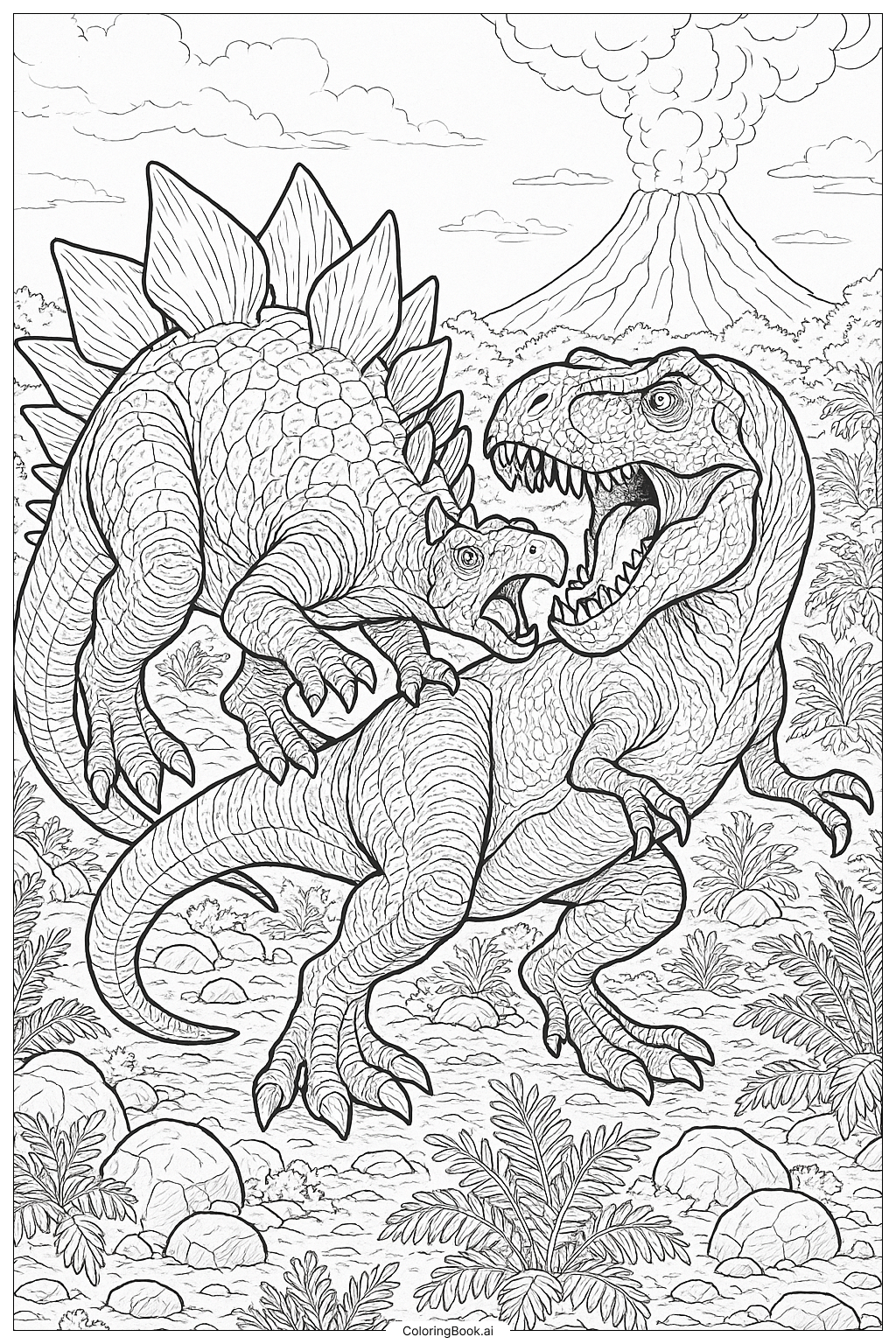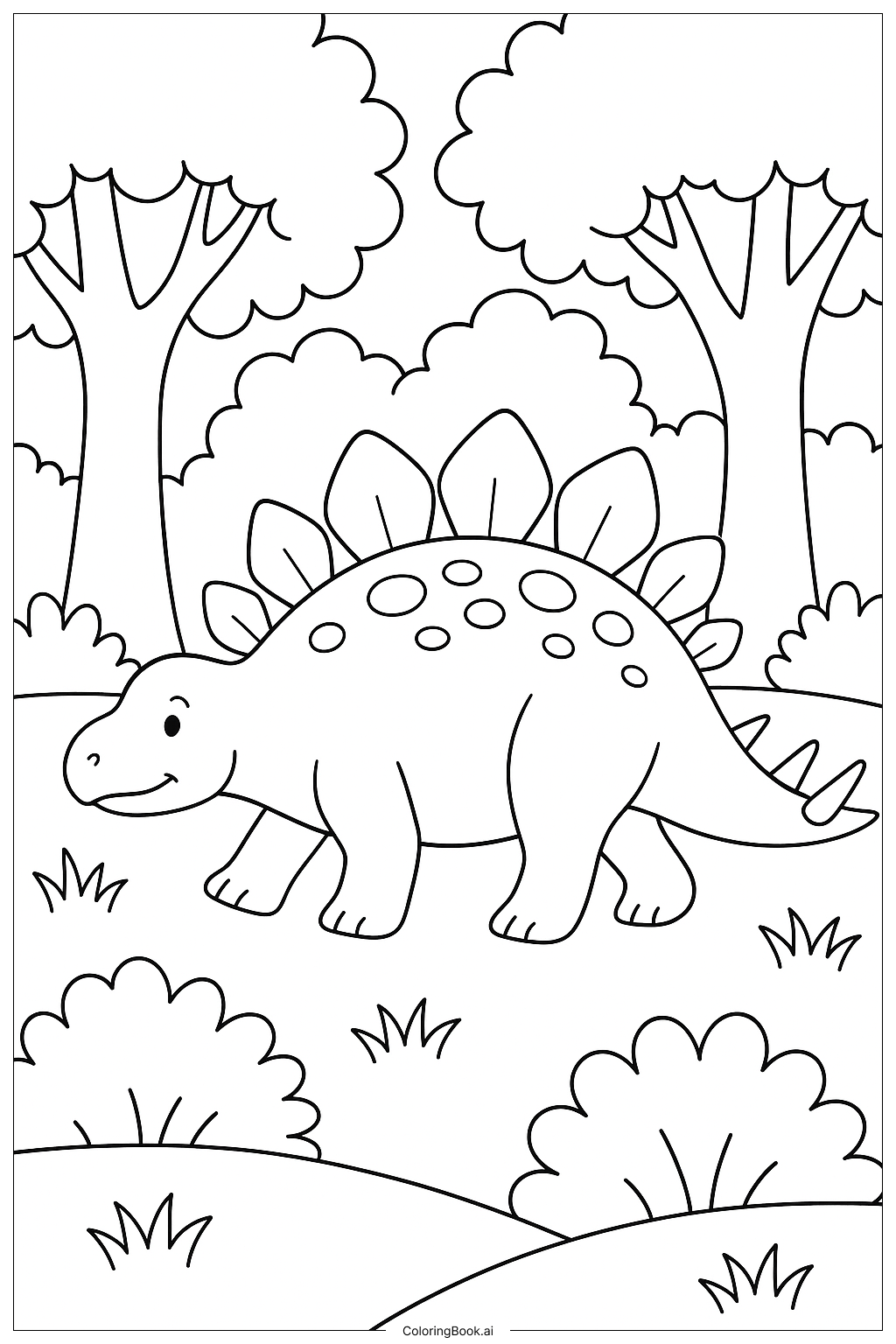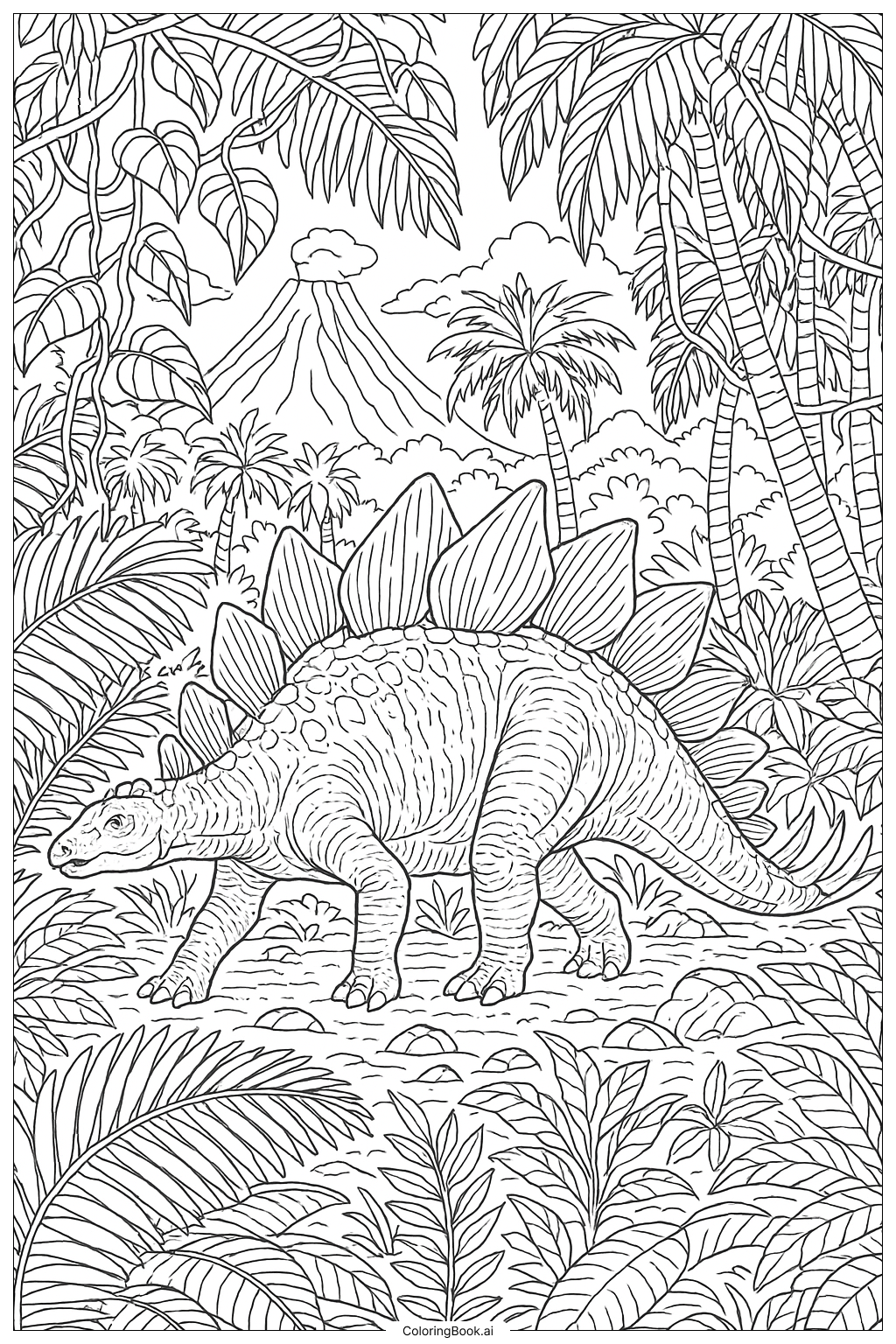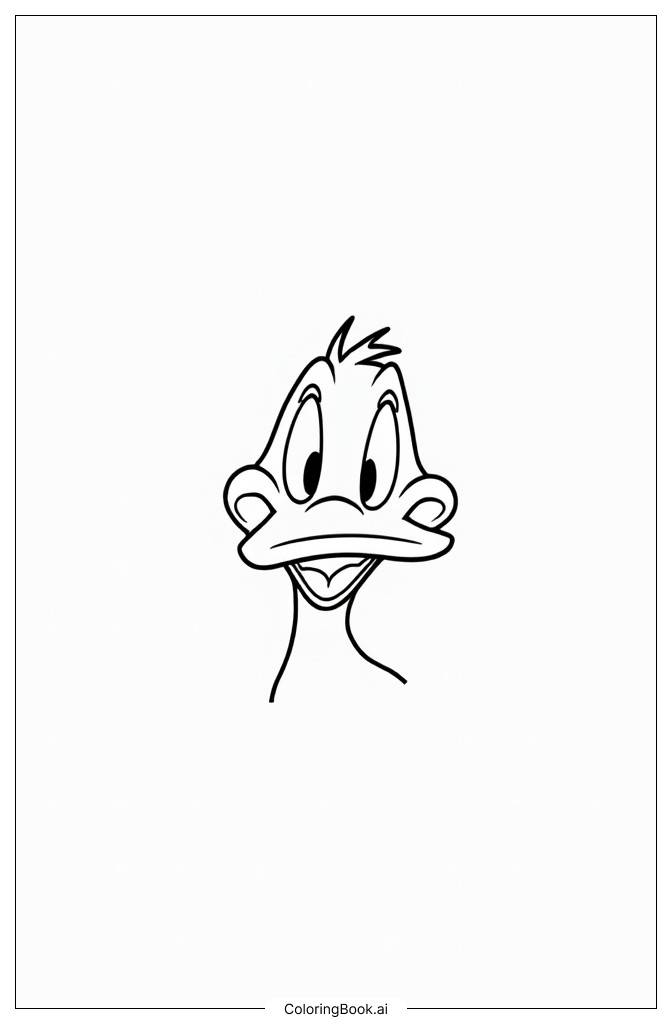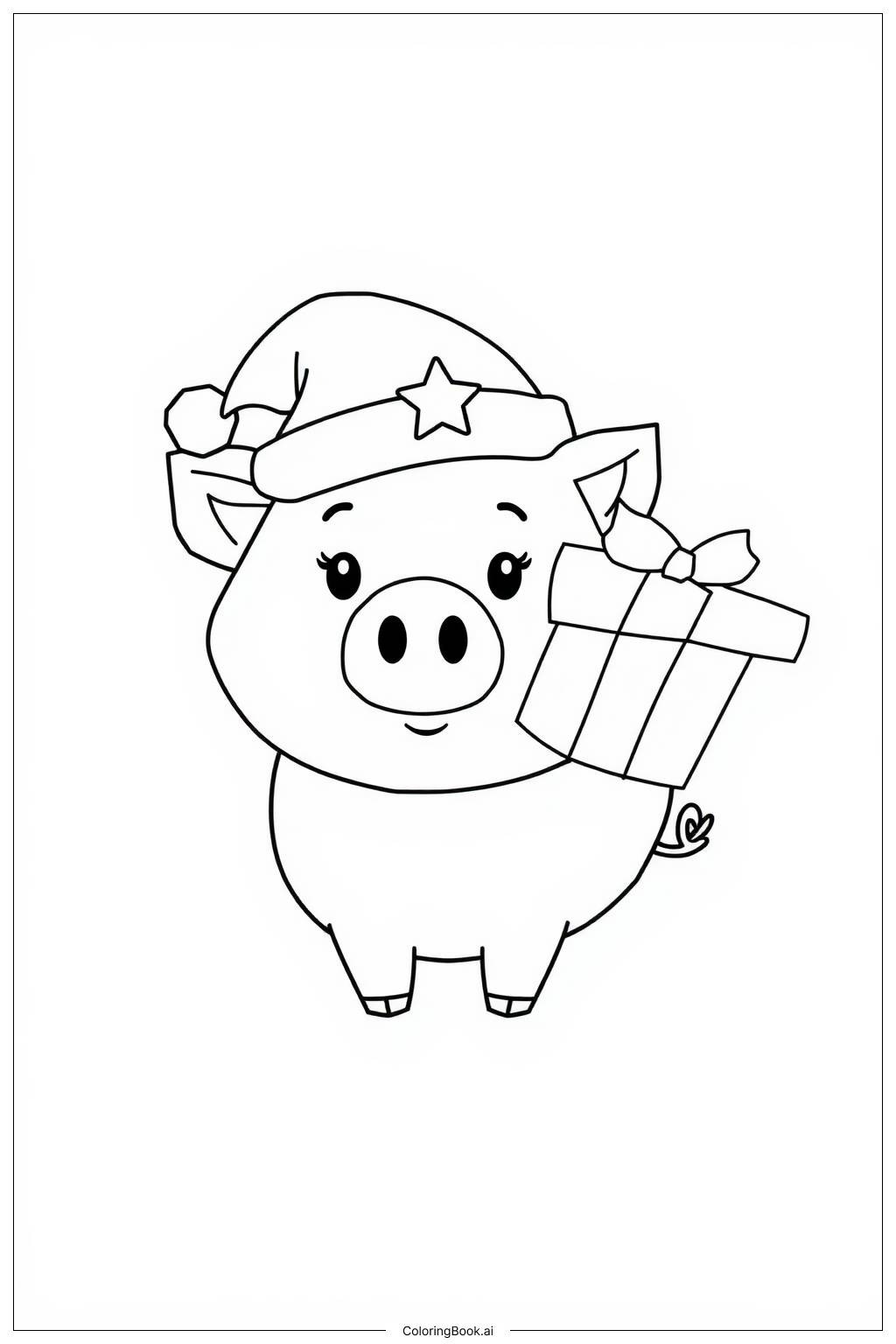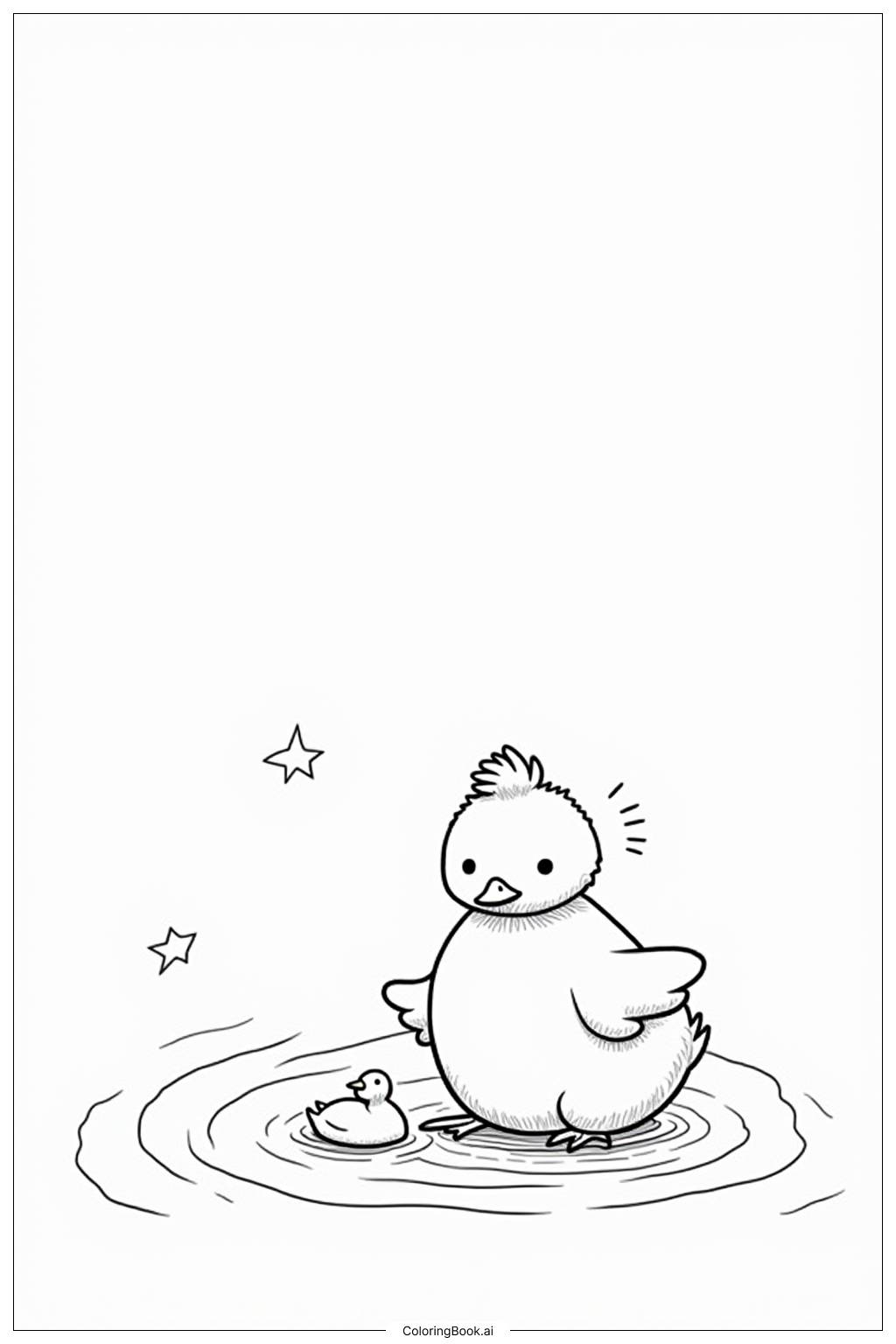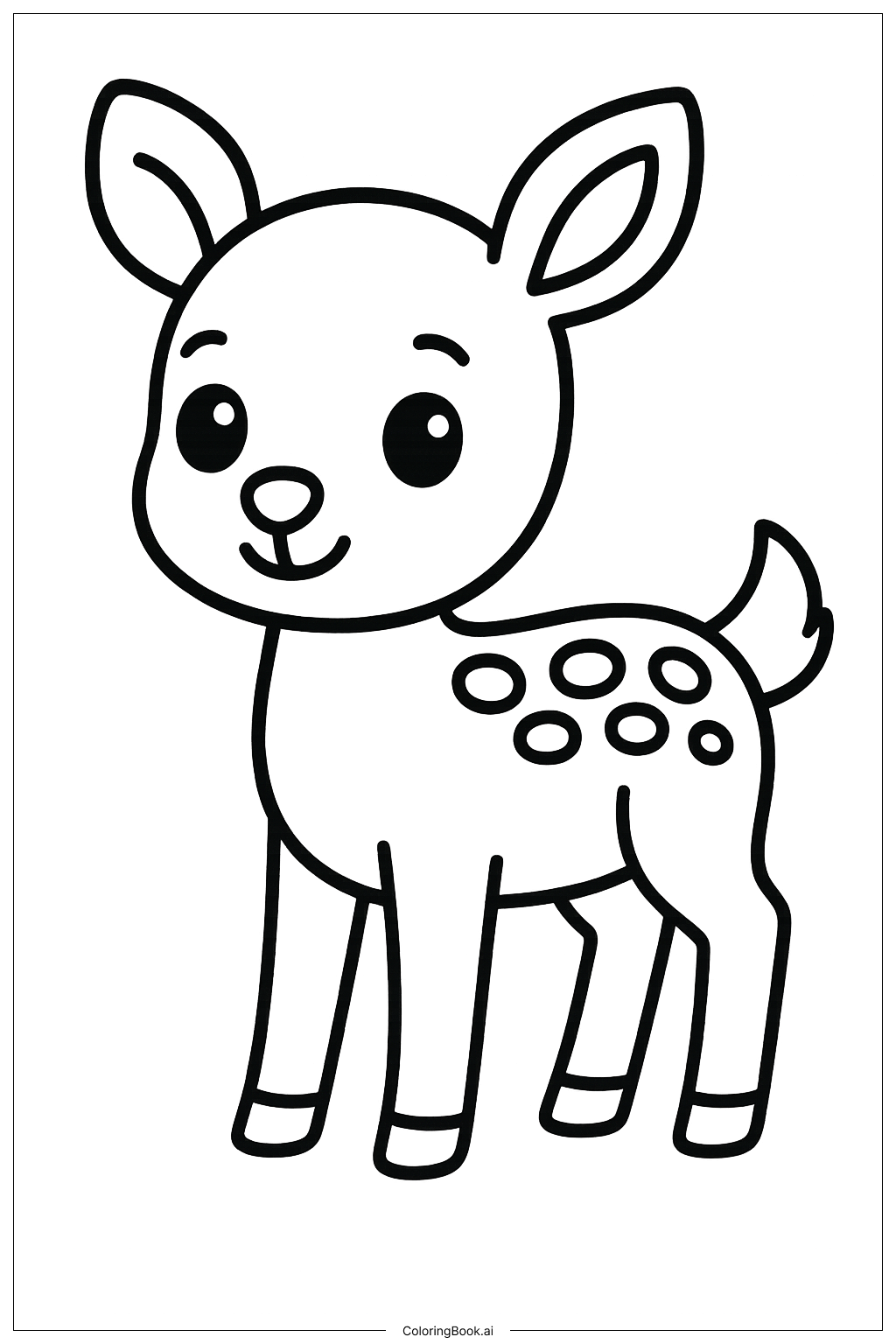Coloring tips: How to color Stegosaurus Looking At Its Reflection coloring page well?
Use different shades of green or brown for the stegosaurus's body to make it look natural. The plates on the back can be colored in bright colors like orange, red, or yellow to make them stand out. The water in the pond can be colored light blue with some darker blue or green for shadows. The grass around the pond should be colored in various shades of green. The rocks can be gray or brown. Adding some small color details to the water to show ripples or reflections will make the picture more lively. Try using soft colors for the background details to keep the focus on the stegosaurus and its reflection.
Coloring challenges: Which parts are difficult to color and need attention for Stegosaurus Looking At Its Reflection coloring page?
1. Coloring the reflection in the water can be tricky because it is an upside-down mirror image of the dinosaur. It requires attention to detail and patience.
2. The plates on the stegosaurus's back are close to each other and have sharp edges, which need careful coloring to stay inside the lines.
3. Blending colors on the stegosaurus’s body to make it look smooth might be challenging for younger children.
4. Coloring the small grass patches and rocks requires staying within small spaces, which can be hard for beginners.
5. Adding realistic water effects like ripples while coloring the pond’s reflection might be difficult but can make the final picture more attractive.
Benefits of coloring books: Advantages of drawing Stegosaurus Looking At Its Reflection coloring page
Coloring this picture helps children practice fine motor skills by coloring small details like the stegosaurus’s plates, grass, and rocks. It encourages focus and patience, especially when coloring the reflection in the water. This activity also boosts creativity by choosing colors for the dinosaur and scenery. It teaches children about nature and dinosaurs, making learning fun. Coloring the water reflection helps develop observation skills as children match colors and shapes upside down. Overall, it’s a calming and educational exercise that promotes artistic expression and careful attention to detail.
